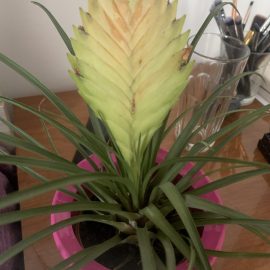Tillandsia, plant care and growing guide
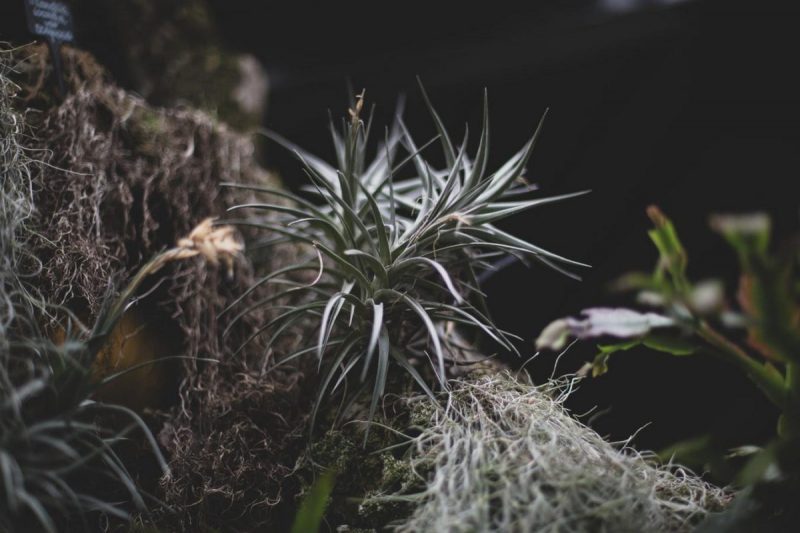
Tillandsia spp. is popularly called the “air plant”. It is a genus of perennials in the Bromeliaceae family, native to the tropical and subtropical areas of the Americas. The species with gray leaves are epiphytic plants, they do not need soil, are usually attached to rocks, wood, or tree bark. Green leafy species can be grown in pots or terrariums. The leaves have a coating made up of specialized cells capable of absorbing the water that falls on them. They have different shapes depending on the species but are commonly narrow and ribbon-shaped. The gray leaves have scales that have the function of capturing light. The green leaves are smooth, without spines, or are partially scaly.
The flowers have a tubular shape and are arranged in the form of flattened spikes. In some species, the inflorescence has resistant, beautifully colored bracts.
Species. About 650 species of Tillandsia are known, among which the most common are:
Tillandsia cyanea and Tillandsia lindenii are the most common species grown in pots. They have a rosette of thin and curved leaves and inflorescences made up of 20 pink bracts, arranged in a palette. The flower is blue or purple and appears in spring or autumn.
Tillandsia usneoides, also called “grandpa’s beard” or “Spanish moss” and is characterized by thin, tangled, silver stems that do not need soil. The stems have drooping leaves, thin, curved, arranged alternately. It has no aerial roots, and the flowers are small and difficult to see, brown, green, yellow, or gray.
Tillandsia dyeriana is a new species, whose colorful inflorescences are sustained by thin petioles.
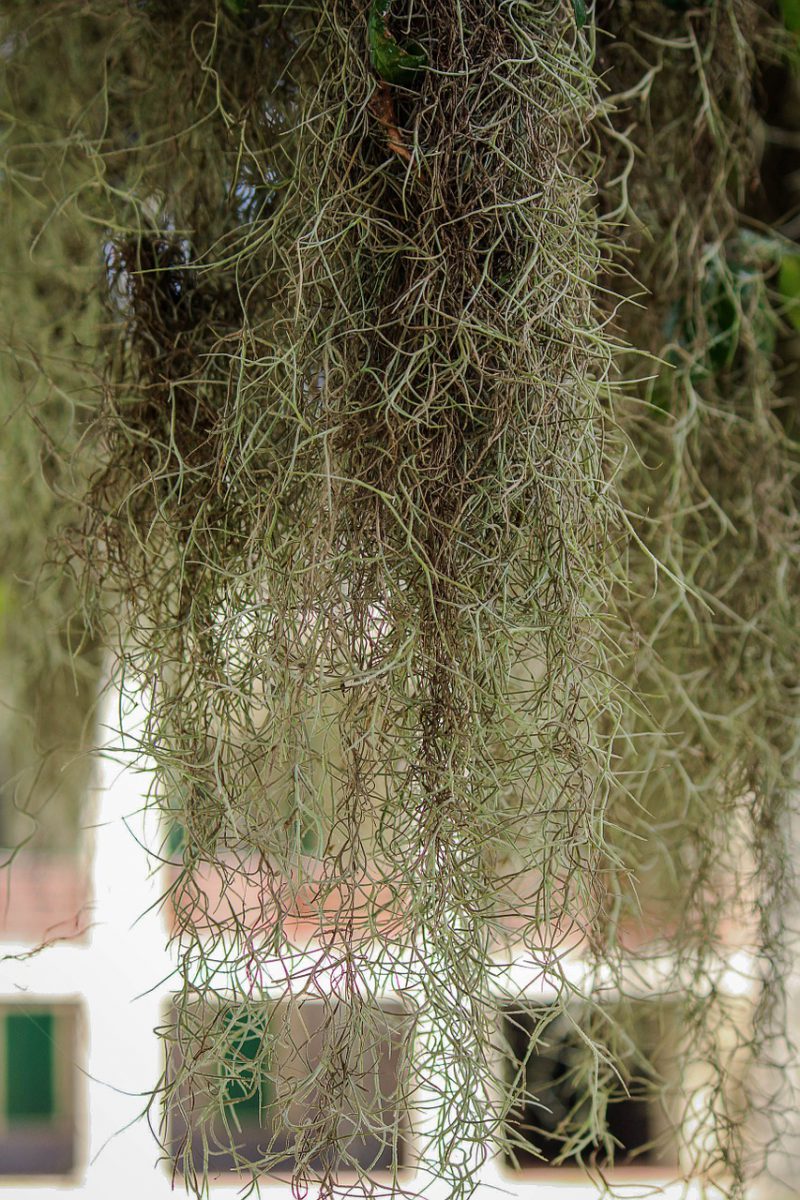
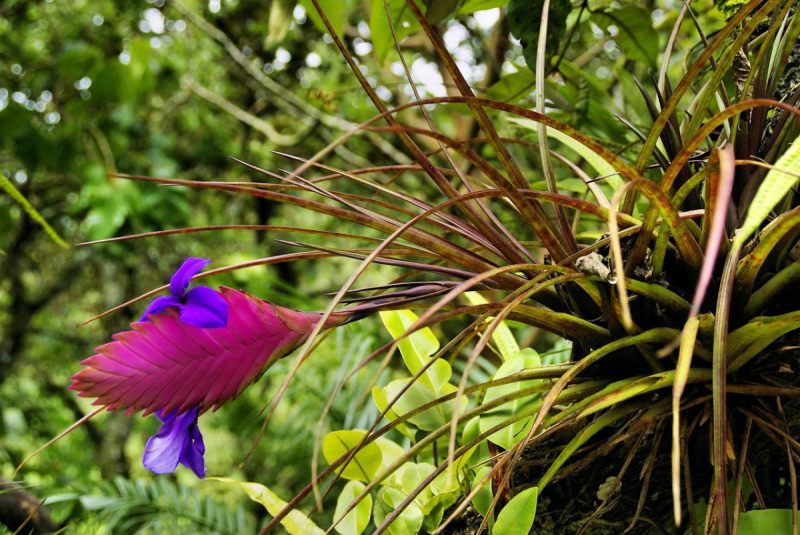
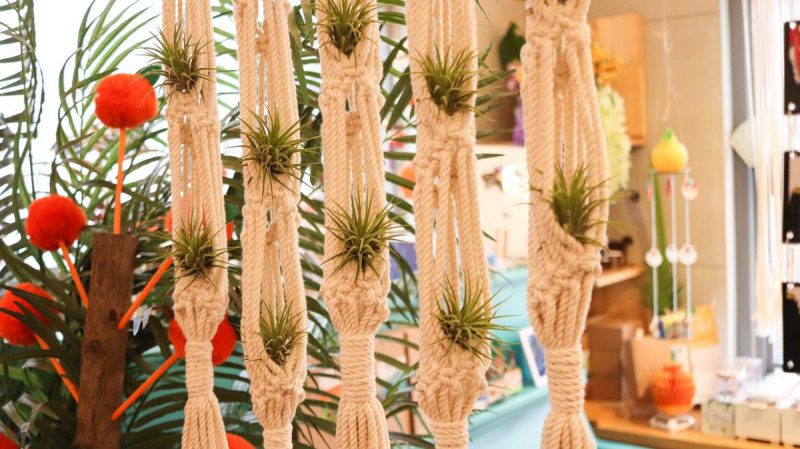
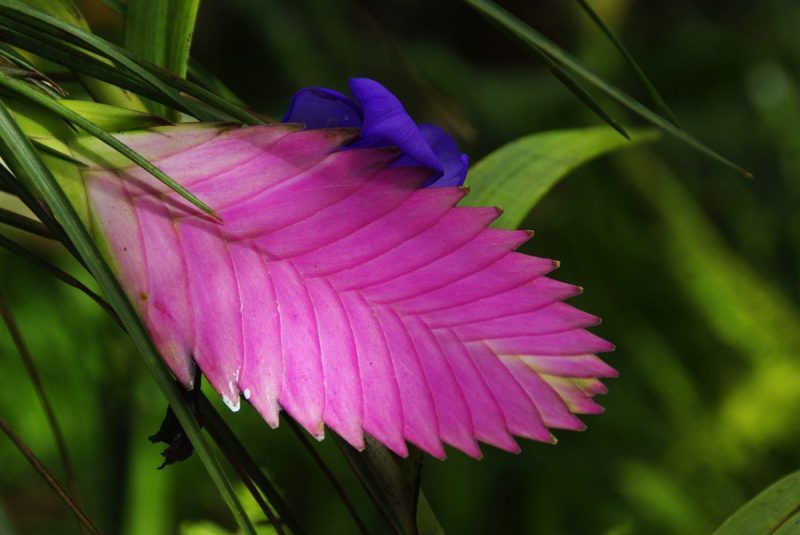
Environmental requirements
Light. Tillandsia prefers bright places, but it should not be placed in direct sunlight. The strong rays of the sun can discolor the leaves, making them turn white.
Temperature. The optimum temperature is between 20-25º C from spring to autumn, and in winter, temperatures should not be lower than 10º C. At temperatures above 15º C, the atmospheric humidity must be 60%.
Substrate. The species with green leaves can be kept in pots, in a substrate made of sand and fibrous peat. Substrates for orchids can be used, well-drained, and aerated. Epiphytic species hang on plant stands, not needing any substrate.
Recommended products
-
You can find products on a different store
Change Store -
You can find products on a different store
Change Store -
You can find products on a different store
Change Store -
You can find products on a different store
Change Store -
You can find products on a different store
Change Store -
You can find products on a different store
Change Store -
You can find products on a different store
Change Store -
You can find products on a different store
Change Store -
You can find products on a different store
Change Store -
You can find products on a different store
Change Store -
You can find products on a different store
Change Store -
You can find products on a different store
Change Store -
You can find products on a different store
Change Store -
You can find products on a different store
Change Store -
You can find products on a different store
Change Store -
You can find products on a different store
Change Store -
You can find products on a different store
Change Store -
You can find products on a different store
Change Store -
You can find products on a different store
Change Store -
You can find products on a different store
Change Store -
You can find products on a different store
Change Store -
You can find products on a different store
Change Store -
You can find products on a different store
Change Store -
You can find products on a different store
Change Store
Watering
Potted species need water once a week, and epiphytic ones only need to be sprayed with water. During the cold winter months, plants rarely need to be watered.
Fertilization
During May-September, special fertilizer for houseplants should be added, twice a month. In winter, the fertilizer should be added only once a month.
Recommended products
-
You can find products on a different store
Change Store -
You can find products on a different store
Change Store -
You can find products on a different store
Change Store -
You can find products on a different store
Change Store -
You can find products on a different store
Change Store -
You can find products on a different store
Change Store -
You can find products on a different store
Change Store -
You can find products on a different store
Change Store -
You can find products on a different store
Change Store -
You can find products on a different store
Change Store -
You can find products on a different store
Change Store -
You can find products on a different store
Change Store -
You can find products on a different store
Change Store -
You can find products on a different store
Change Store -
You can find products on a different store
Change Store -
You can find products on a different store
Change Store -
You can find products on a different store
Change Store -
You can find products on a different store
Change Store -
You can find products on a different store
Change Store -
You can find products on a different store
Change Store -
You can find products on a different store
Change Store -
You can find products on a different store
Change Store -
You can find products on a different store
Change Store -
You can find products on a different store
Change Store
Repotting
Species grown in pots have to be repotted once every 2-3 years, and epiphytic species do not require repotting.
Propagation
Propagation is recommended to be done through offsets, or pups, from the base of the mother plant. They should be harvested when they reach two-thirds of the height of the mother plant.
Recommended products
-
You can find products on a different store
Change Store -
You can find products on a different store
Change Store -
You can find products on a different store
Change Store -
You can find products on a different store
Change Store -
You can find products on a different store
Change Store -
You can find products on a different store
Change Store -
You can find products on a different store
Change Store -
You can find products on a different store
Change Store -
You can find products on a different store
Change Store -
You can find products on a different store
Change Store -
You can find products on a different store
Change Store -
You can find products on a different store
Change Store -
You can find products on a different store
Change Store -
You can find products on a different store
Change Store -
You can find products on a different store
Change Store -
You can find products on a different store
Change Store -
You can find products on a different store
Change Store -
You can find products on a different store
Change Store -
You can find products on a different store
Change Store -
You can find products on a different store
Change Store -
You can find products on a different store
Change Store -
You can find products on a different store
Change Store -
You can find products on a different store
Change Store -
You can find products on a different store
Change Store
Diseases and pests
Sometimes mealybugs can infest the plant. If watered too often, fungal diseases (the rotting of the area between the roots and the stem) can occur.
In addition:
- excessive humidity and low room temperature can cause root rot and plant death.
- protect the plant from strong drafts.
- black or brown spots that may appear on the leaves are a cause of excessive watering.
- Bromeliads bloom only once. After that, the rosette of leaves dries progressively, being replaced by shoots, which will bloom, in turn, once they reach maturity, after 3-4 years.














































































































































































































































































































































































































































